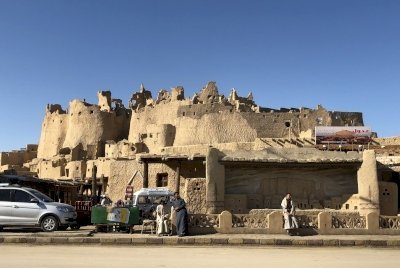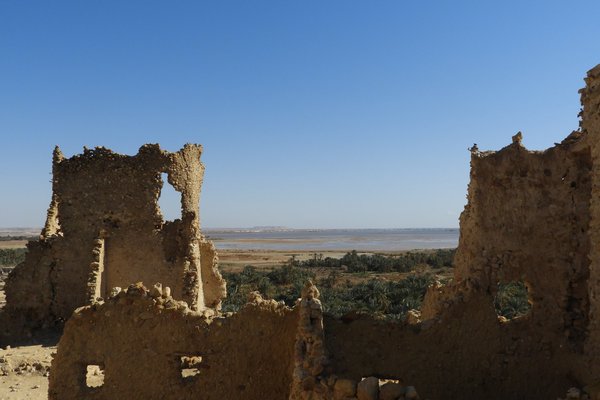Egypt
Siwa archaeological area
Site Info
Official Information
- Full Name
- Siwa archaeological area (ID: 186)
- Country
- Egypt
- Status
-
On tentative list 1994
Site history
History of Siwa archaeological area
- 1994: Added to Tentative List
- Added to tentative list
- Type
- Cultural
- Criteria
Links
- UNESCO
- whc.unesco.org
All Links
UNESCO.org
- whc.unesco.org — whc.unesco.org
News Article
- April 19, 2018 tornosnews.gr — Remains of rare 2,200-year-old Greco-Roman temple discovered in Egypt
Community Information
- Community Category
- Archaeological site: Egyptian
Travel Information
Recent Connections
News
- tornosnews.gr 04/19/2018
- Remains of rare 2,200-year-old Gre…
Community Reviews
Show full reviews
Siwa Oasis is 740kms from Cairo and sits very close to the border of Libya.
There isn't much information on when the site would be up for nomination, and whether it would be "packaged" as a mixed site . Its archaeological treasures include the Shali Fortress (see attached photo) in the heart of the town, and the temple complex of Amun. In terms of natural heritage, Siwa possesses beautiful desertscapes - majestic sand dunes, lakes and pools.
Packaging the site as Siwa Oasis Cultural Landscape will not only boost its chances of inscription, but also highlight the Siwa farmers' adaptability in a desert environment. Already, Siwa Oasis is declared a Globally Important Agricultural Heritage System (GIAHS) by the UN Food and Agriculture Organization, and is known to exhibit sustainable farming practices (dates and palm), water management and biodiversity conservation.
Keep reading 0 comments
